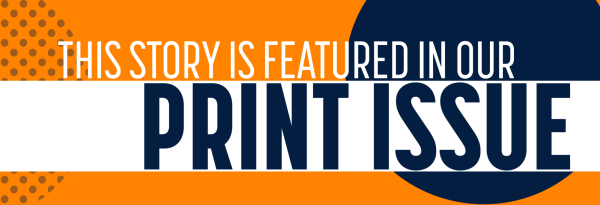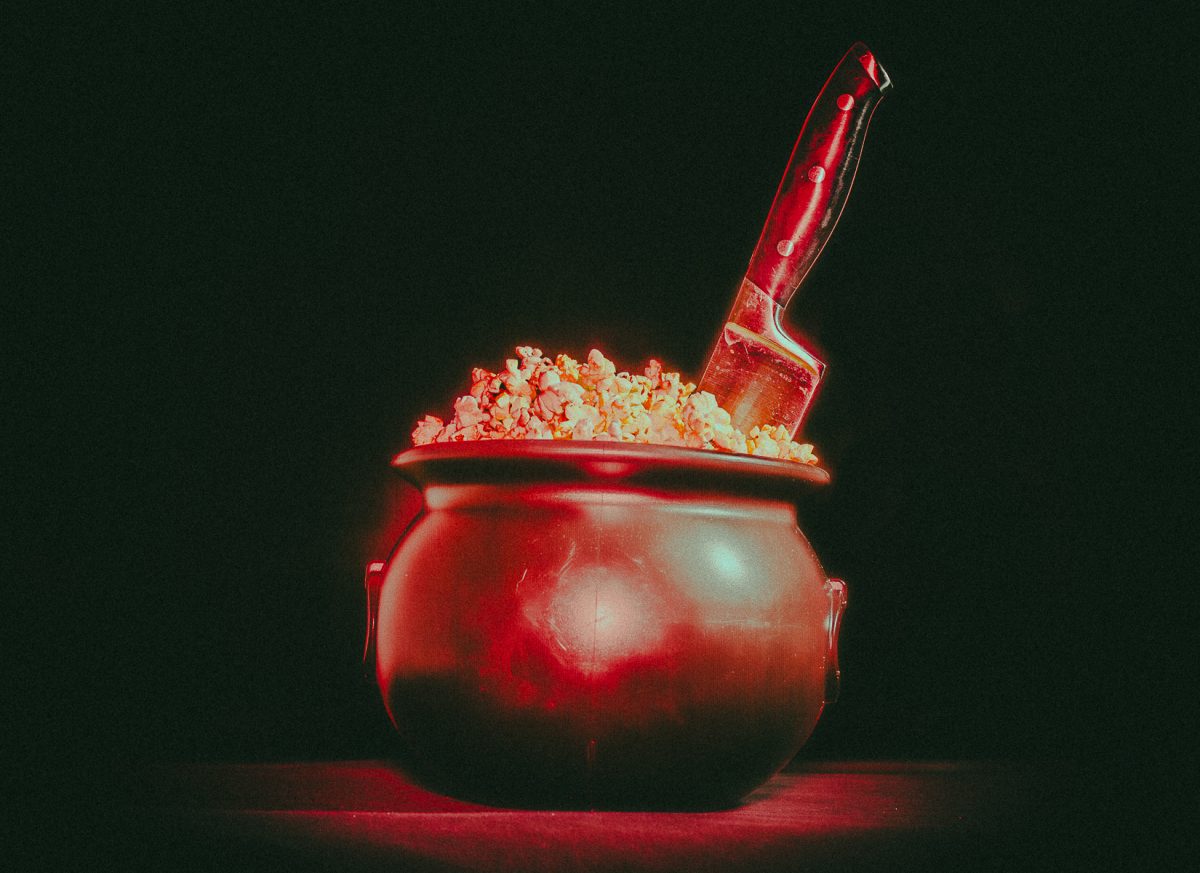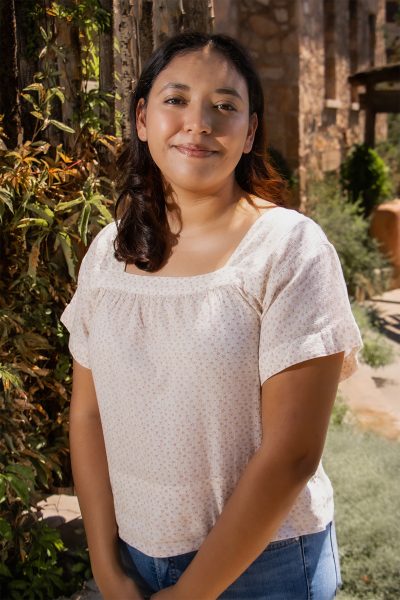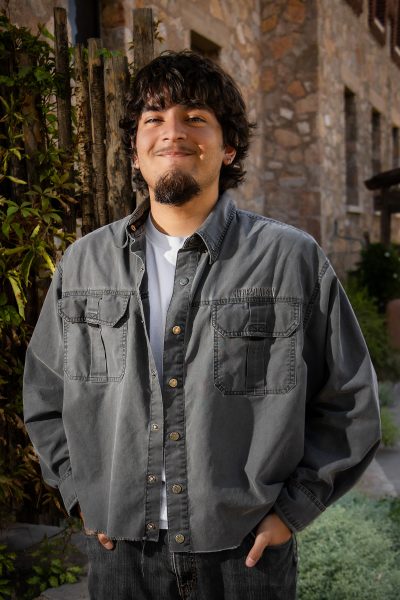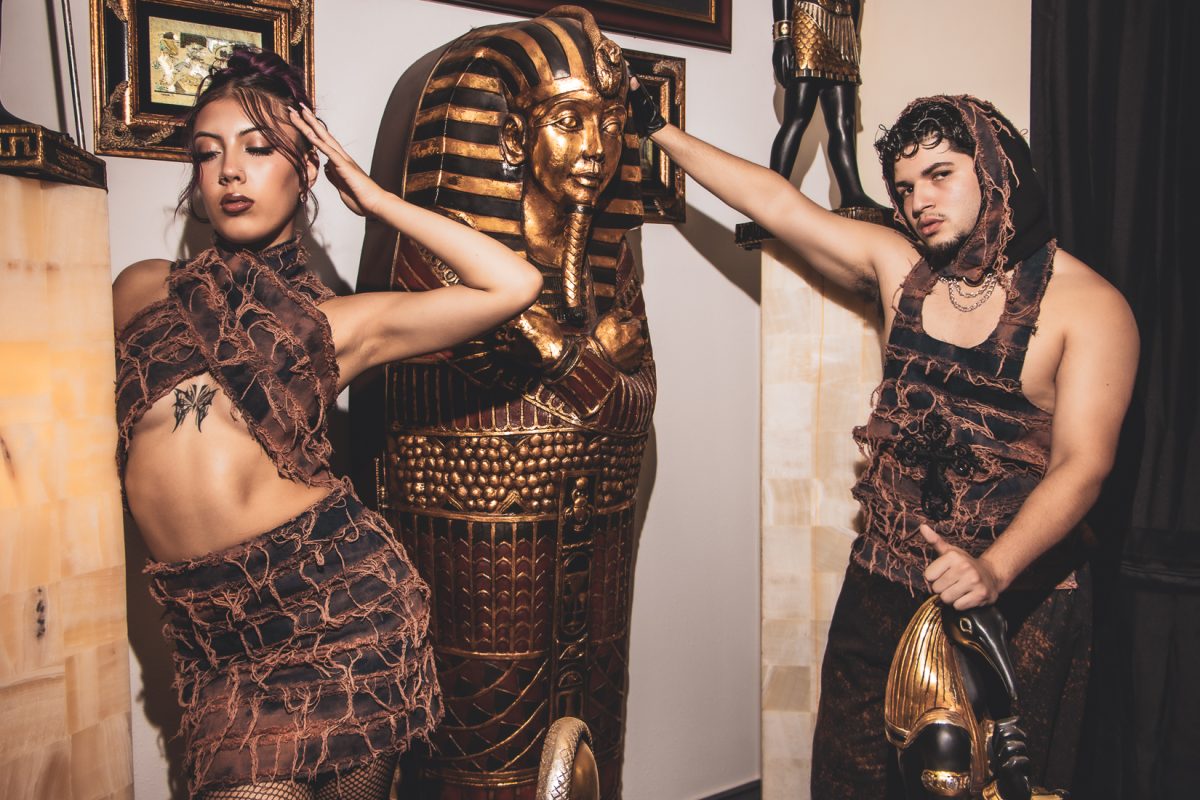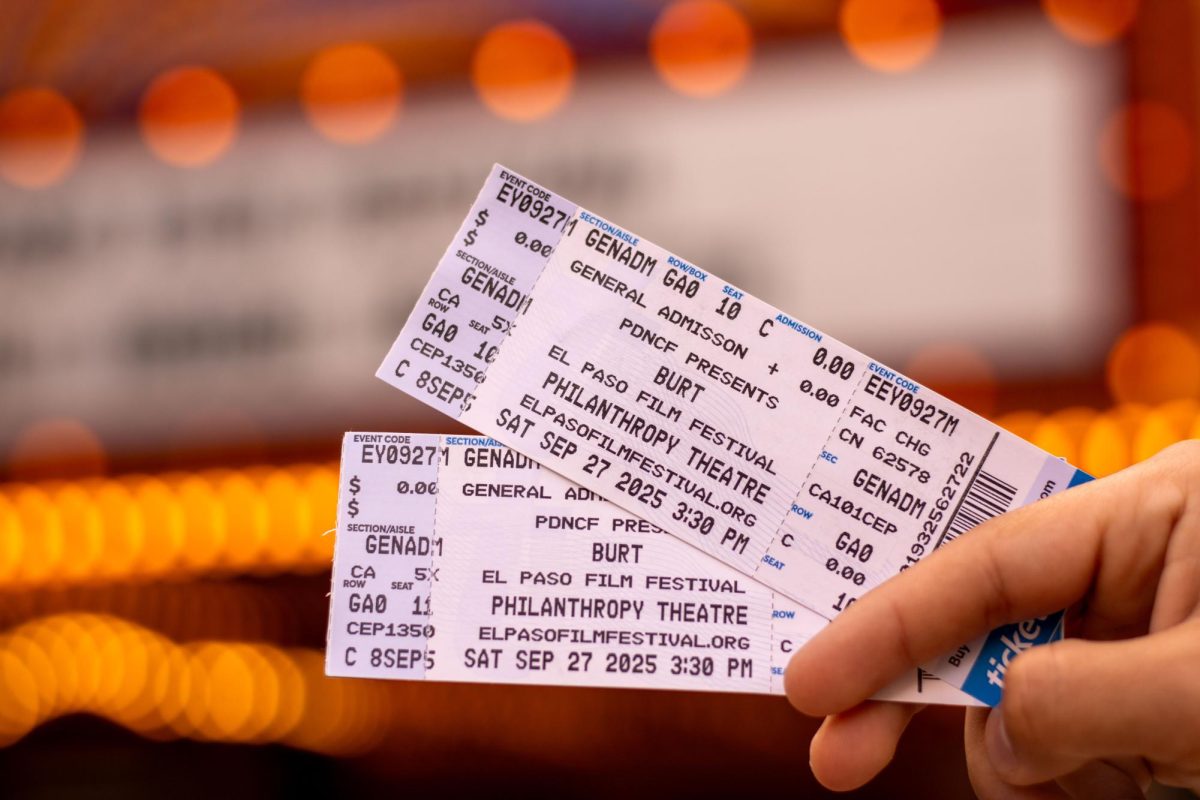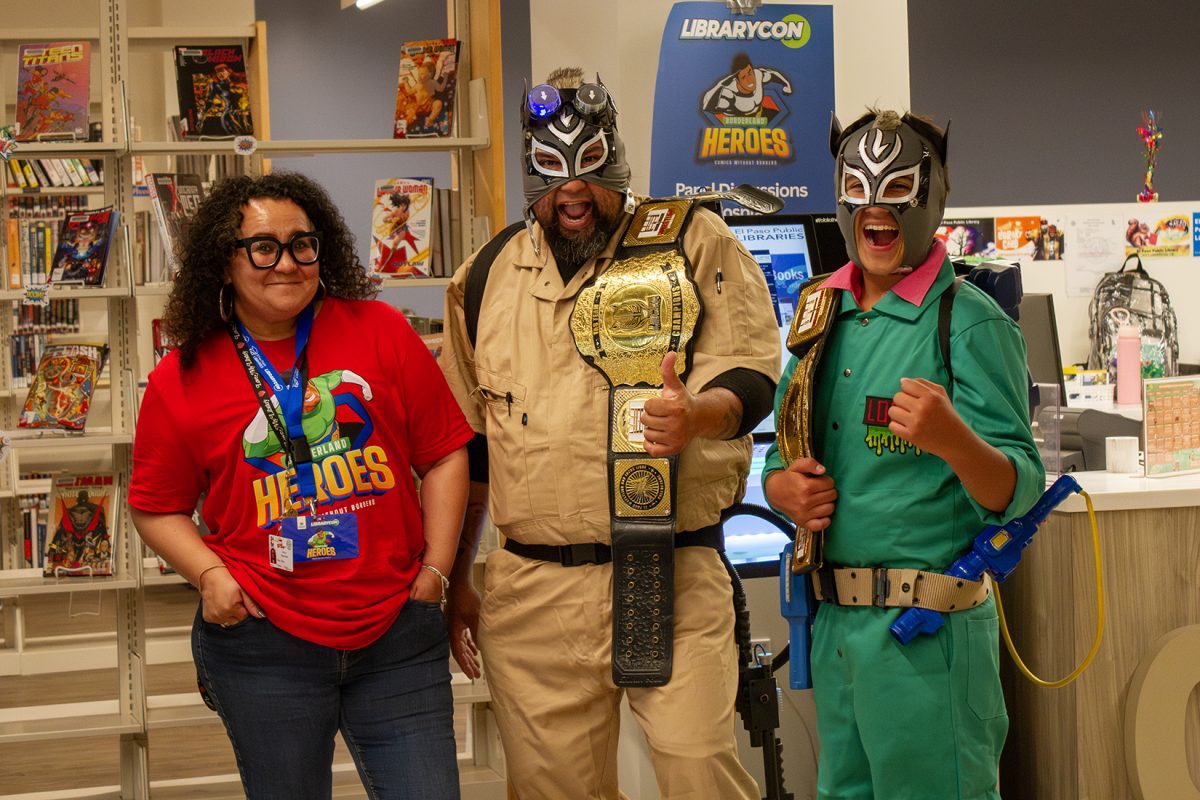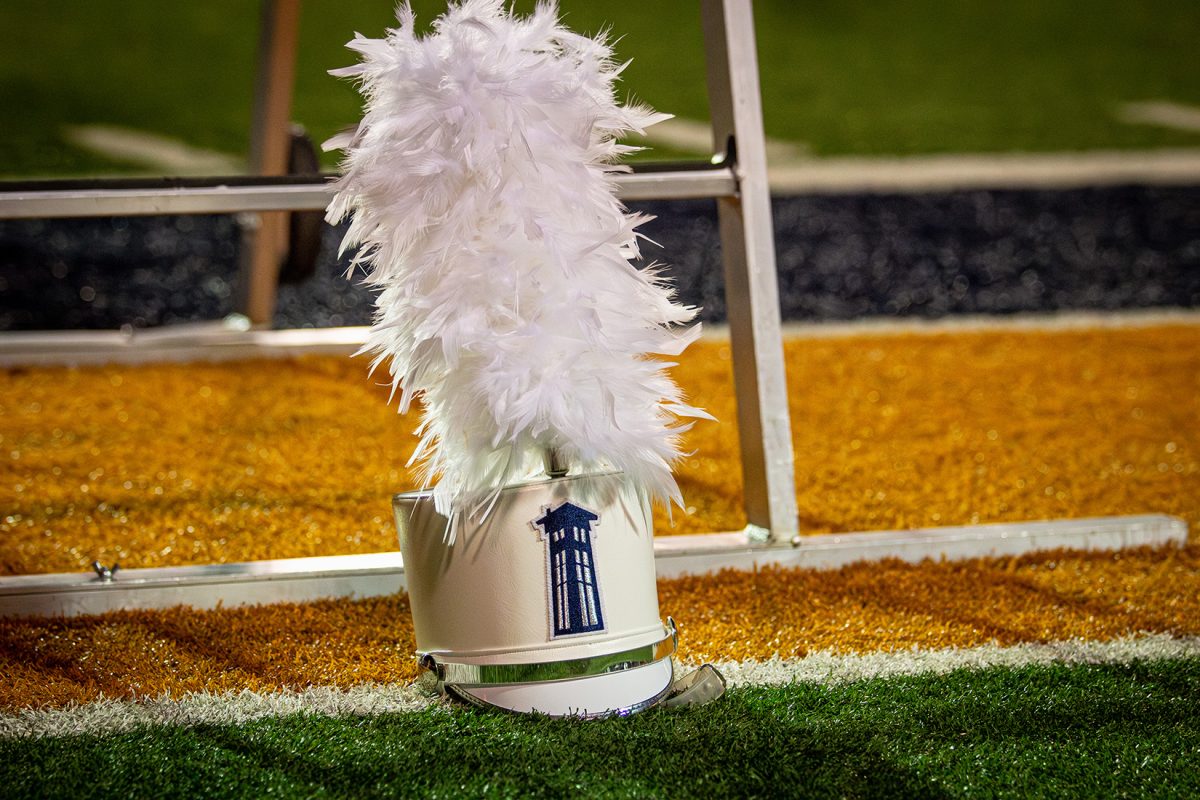While it may seem strange and unusual, people have long sought out the thrill of being frightened. From sudden jump scares to scenes of gore and psychological twists that leave people thinking once they walk out of the theater, horror films have become a part of the Halloween season.
Over the years, the genre has changed, but it has kept its ability to draw in audiences as according to data journalist Anna Fleck in research for Statistica, from 2023 to 2024, horror had the fifth highest viewership share in the U.S.
According to the New York Film Academy (NYFA), the first horror movie is widely believed to be “Le Manoir du Diable,” also known in English as “The Haunted Castle” or “The House of the Devil.” Directed by George Méliès in 1896, the three minute long film shows many of the clichés now associated with Halloween including cauldrons, animated skeletons, ghosts, transforming bats and the Devil. While it may not be the horror that audiences know today, it laid the groundwork for films to come.
Over the decades, horror has shifted from tales of monsters and the supernatural to films that explore social issues and psychological tension. Modern films like Jordan Peele’s “Get Out” and “Nope” or Ari Aster’s “Midsommar” are examples of the genre’s expansion to commentary on society.
For Alejandra Casas, a senior psychology major, the shift has been one of the genre’s strengths.
“I feel like horror movies nowadays are a lot different from older horror movies… horror movies can be really good exploration of our fears as individuals and as a society,” Casas said. “I think it used to be more of just a fun, silly little goofy story to be scared for a bit, but now I’m noticing that there’s a shift, they have more of an artistic message behind them.”
Others like sophomore digital media production major, Paola Contreras remember being introduced to horror through older films and noticing how the experience compares to today’s productions.
“I was seven and my mom was watching ‘House of 1000 Corpses’ the movie by Rob Zombie, and she let me watch the first half of the movie,” Contreras said. “Compared to other movies now that use more gore, that movie isn’t as scary, but at that time I was terrified.”
While Contreras is a fan of older horror movies, she shared that the changes in the genre make for better scares.
“There is more and better CGI (computer-generated imagery) in movies now and I think it makes movies now scarier,” Contreras said. “It makes it feel like we are there more, its more realistic even though it is supernatural.”
Not everyone agrees with that perspective, including Norma Gay, a freshman studying biochemistry who argues that the use of special effects has weakened rather than strengthened the genre.
“I don’t like the feeling that you get because you feel scared even though what you’re seeing is fake,” Gay said. “The graphics, it’s definitely gotten a lot cheaper, they are just throwing effects in there.”
Casas shared that aside from differences in style and technology, to them, the core of horror films remains the same as they give people the opportunity to confront their fears.
“It’s a nice way to let us experience fear and anxious emotions in an environment where we can control it,” Casas said. “I’m choosing to be scared …it kind of takes the edge off.”
From Méliès’ “The House of the Devil” to CGI-driven blockbusters and psychological thrillers, horror films have continued to be mainstream for more than a century. While students’ opinions vary on whether today’s horror is scarier, cheaper or has deeper meaning than its predecessors, the Halloween tradition continues ensuring that the genre evolves with every generation of audiences.
Ximena Cordero is the web and copy editor for The Prospector and may be reached at [email protected].edu and on LinkedIn @ximenacordero
